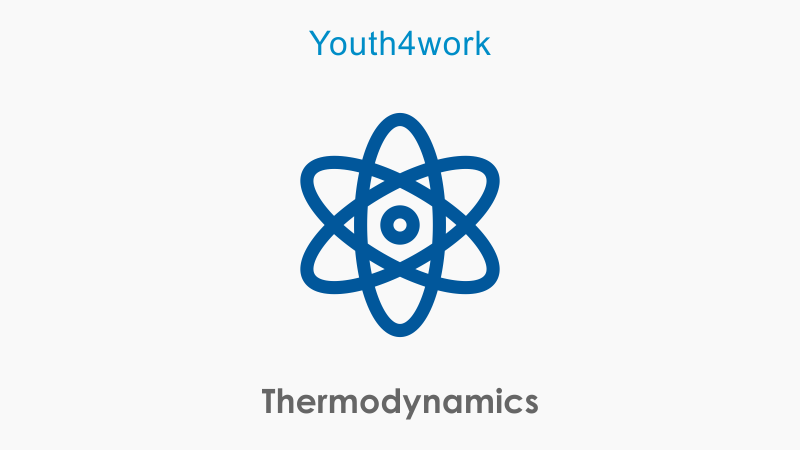When A Real Gas Behaves Like Ideal Gas ?
When A Real Gas Behaves Like Ideal Gas ? what are the conditions
- Saurabh
- 17 Feb
- 1035 Views
- 3 Answers
Your Answer
-
 Gaurav
Gaurav
- 08 Aug
In most usual conditions (for instance at standard temperature and pressure), most real gases behave qualitatively like an ideal gas.
The ideal gas model tends to fail at lower temperatures or higher pressures, when intermolecular forces and molecular size becomes important. It also fails for most heavy gases, such as many refrigerants,and for gases with strong intermolecular forces, notably water vapor. At high pressures, the volume of a real gas is often considerably greater than that of an ideal gas. At low temperatures, the pressure of a real gas is often considerably less than that of an ideal gas. At some point of low temperature and high pressure, real gases undergo a phase transition, such as to a liquid or a solid. The model of an ideal gas, however, does not describe or allow phase transitions. These must be modeled by more complex equations of state. The deviation from the ideal gas behaviour can be described by a dimensionless quantity, the compressibility factor, Z.
Modal content
 Facebook
Facebook Twitter
Twitter View all voted
View all voted




